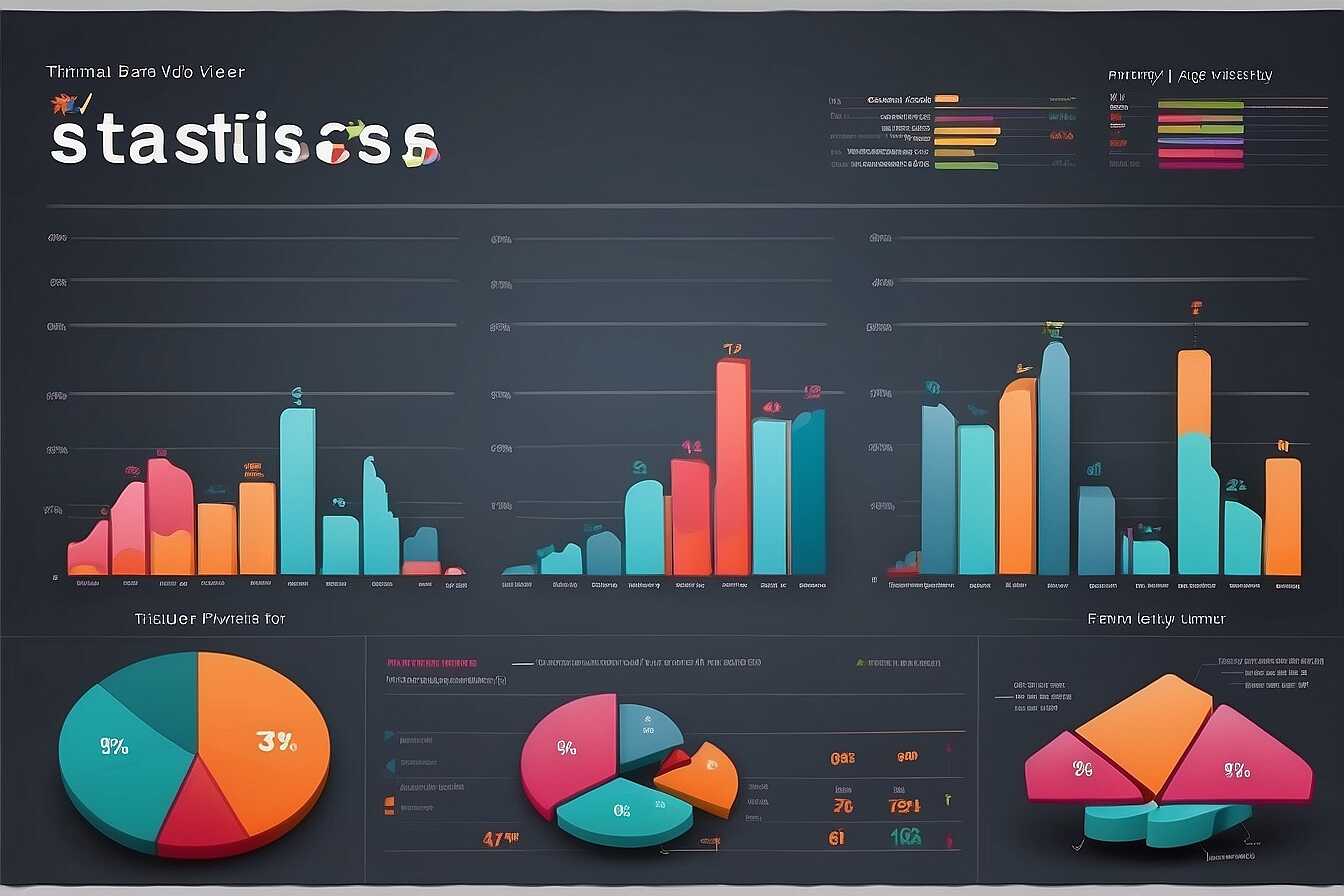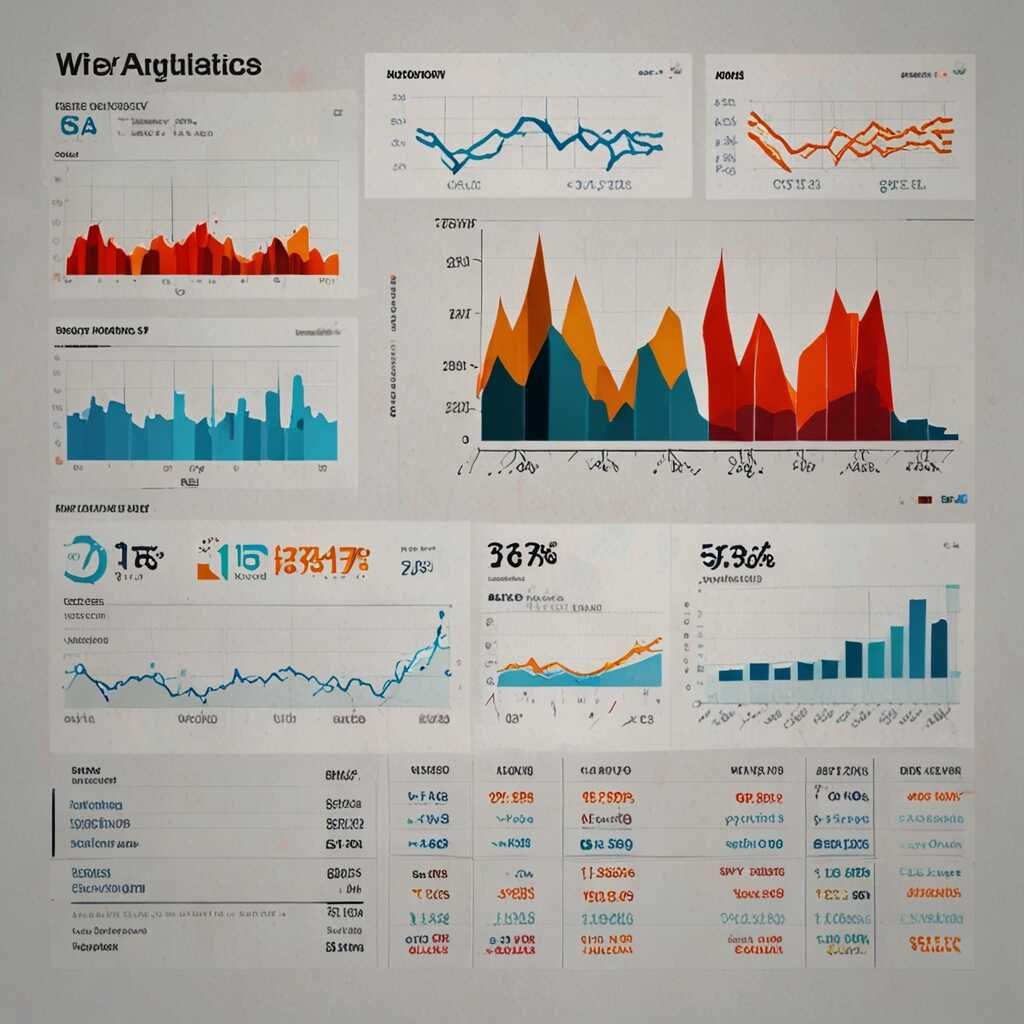Canonical tags are essential for avoiding duplicate content problems that can hinder your website’s SEO performance. By implementing these tags, you signal to search engines which version of a webpage should be prioritized, reducing confusion over similar content. At Metrics Rule, we understand the importance of canonical tags in optimizing your site and improving search engine indexing, ultimately enhancing your SEO strategy. With our expertise in technical and on-page SEO, we help website owners and marketers effectively manage duplicate content issues.
Understanding Canonical Tags and Their Importance
Canonical tags are HTML elements that help search engines understand which version of a page is the preferred one. Their primary function is to prevent duplicate content issues that can confuse search engines and lead to inefficient crawling and indexing. Without canonical tags, multiple versions of the same content can dilute a website’s SEO effectiveness. This situation can arise across various platforms and websites, especially for e-commerce sites that may display the same product in different categories. By implementing canonical tags, site owners enhance their SEO strategy, ensuring that search engines focus on the most relevant page. Recent SEO studies indicate that up to 30% of websites face significant issues with duplicate content, underscoring the essential role of canonical tags in efficient digital marketing.
How Canonical Tags Improve Search Engine Indexing
Canonical tags play a crucial role in improving search engine indexing by signaling to Google and other engines which content should be prioritized. This practice enhances the reliability of a website’s search results, ensuring that the most authoritative versions of pages are indexed. By guiding search engine bots toward the intended content, canonical tags help prevent indexing of duplicate pages. This leads to better performance in search results, as it makes it easier for engines to ‘understand’ the site structure and content hierarchy. In a competitive landscape, effective use of canonical tags can enable a site to achieve higher rankings and better visibility in search engine results pages (SERPs).
The Dangers of Duplicate Content in SEO
Duplicate content in SEO refers to blocks of content that are identical or substantially similar across multiple URLs. This can create confusion for search engines, leading to lower website performance. Search engines may struggle to determine which version of the content should be indexed, potentially causing missed opportunities for visibility. Common examples of duplicate content include e-commerce product pages with similar descriptions, printer-friendly versions of articles, and content duplicated across multiple domains. Statistics show that duplicate content can reduce organic traffic by up to 30%, emphasizing how critical it is to resolve these issues to maintain effective SEO performance.
How Canonical Tags Help Solve Duplicate Content Problems
Canonical tags are essential tools designed to address the challenges posed by duplicate content. By specifying a preferred URL, they help search engines understand which version of a page to index. This enhances website visibility and improves the chances of ranking higher in search engine results. Implementing canonical tags ensures that link equity is consolidated to the preferred page, which helps prevent organic traffic reduction. When correctly utilized by SEO professionals, canonical tags can significantly improve crawling efficiency, making them a must-have for anyone serious about optimizing their site for search engines.

How to Correctly Implement Canonical Tags on Your Site
To set a canonical tag on your website, first, identify the primary version of your content. Place the canonical link element in the
section of your HTML. It should look like this: <link rel=”canonical” href=”https://www.example.com/your-page” />. Ensure that each page that has duplicate content has a canonical tag pointing to the original source. Avoid common mistakes like using multiple canonical tags on one page or pointing to non-existent URLs. Focus on implementing only one canonical tag per webpage to enhance search engine crawling and indexing.Common Canonical Tag Mistakes
When implementing canonical tags, avoid pointing to different versions of the same page or to pages that present entirely different content. Make sure your canonical tags are kept updated, as changing URLs and resources can impact how search engines index your site. Regularly review your canonical tags to prevent broken links. The best practice involves ensuring that canonical tags are properly formatted and accurately reflect the content of the page they are on. This will improve your site’s overall SEO strategy and help maximize the effectiveness of your optimization efforts.
Key Statistics Related to Content Management
- 70% of websites face duplicate content issues, hindering their SEO efforts.
- Over 50% of SEO professionals recommend using canonical tags as a solution.
- Search engines index about 10,000 new URLs per second globally.
- Canonical tags can reduce page indexing issues by up to 80%.
- 52% of webmasters misunderstand how to use these tags effectively.
- 22% increase in organic traffic reported after implementing canonical tags.
- Content duplication can decrease page rank by as much as 30%.

Common Canonical Tag Mistakes and How to Avoid Them
Common mistakes when implementing canonical tags include incorrect URL settings, failure to use them on duplicate content, and overlooking mobile versions of pages. A significant mistake is using canonical tags on non-duplicate pages, leading search engines to misinterpret your site structure. Additionally, many users overlook how different CMS platforms, like WordPress or Shopify, can alter the handling of canonical tags. This can produce multiple versions of the same page, hindering SEO optimization. Lastly, studies show that approximately 20% of websites fail to implement canonical tags correctly, which can severely impact their organic rankings.
Understanding Canonical Tag Applications in E-Commerce
In the realm of e-commerce, the application of canonical tags is essential for duplicate content management. E-commerce sites often have multiple URLs for similar products or categories due to filters and sorting options. Implementing canonical tags effectively helps designate the preferred version of a URL, guiding search engines in crawling and indexing processes. This reliability in canonical URL identification enhances SEO efficiency, ensuring that product pages are not diluted by duplicate content issues. A well-structured canonical tag setup also improves user experience, preventing potential buyers from landing on less relevant variations of a product page, ultimately boosting conversions.

Best Tools for Monitoring Canonical Tags and Duplicate Content
To effectively monitor canonical tags and manage duplicate content, various tools exist. Some popular options include Screaming Frog, Moz, and SEMrush. These tools help identify incorrect canonical tags and provide insights into duplicate content issues. By using these SEO monitoring tools, users can enhance their website’s search engine indexing, reliability, and performance. Additionally, consider tools like Ahrefs and Sitebulb for deeper technical SEO analysis. Each tool provides unique features and capabilities for ensuring your website is optimized for search engines and user experience.
Exploring the Best SEO Monitoring Tools for Your Needs
When exploring the best SEO monitoring tools, consider your specific requirements. For example, Screaming Frog offers a comprehensive analysis of canonical tags, allowing users to identify errors quickly. Moz is excellent for tracking your site’s link equity and identifying pages with duplicate content, which can impact your site’s efficiency. SEMrush delivers robust data on keyword rankings and potential duplicate pages. Reviewing multiple tools helps you find the best fit for your e-commerce optimization needs. These insights will enhance your overall SEO strategy and ensure you stay ahead in the competitive landscape.
Advantages of Utilizing Metadata Techniques
- Canonical tags improve search ranking by consolidating link equity.
- They help prevent penalties from search engines for duplicate content.
- Canonical tags streamline the indexing process of important pages.
- They enhance user experience by presenting the correct version of content.
- Websites can effectively manage their SEO strategy with proper tagging.
- They set clear expectations for search engines regarding content source.
- Canonical tags allow better resource allocation for SEO efforts.

Illustrative Case Studies on Canonical Tag Implementation
Real-life case studies illustrate the successful use of canonical tags in handling duplicate content issues. For instance, an e-commerce site faced duplicate content problems due to product variants. By implementing canonical tags, they specified the preferred version of each product page. This practice significantly improved search engine indexing and led to a 30% increase in organic traffic within three months. In a different example, a blogging platform used canonical tags to handle similar content across multiple author accounts, effectively managing duplicate issues. In both cases, the application of canonical tag strategies enhanced their SEO effectiveness and ensured a more reliable user experience.
Industries Benefiting from Canonical Tags
Various industries can significantly benefit from implementing canonical tags to manage duplicate content. For e-commerce websites, canonical tags are essential in managing product variations and reducing index clutter. Similarly, media and content-based websites that publish articles from multiple contributors can use canonical tags to consolidate link equity and direct it to the main article version. By ensuring only the preferred content version is indexed, businesses can enhance their SEO performance while preventing potential penalties from search engines. This adaptability makes canonical tags a proven solution for websites looking to optimize their indexing efficiency effectively.
Additional Advantages of Canonical Tags Beyond Duplicate Issues
Canonical tags provide significant user experience benefits, such as ensuring that users always see the preferred version of content. This reliability helps prevent confusion caused by multiple versions of the same page. By preserving link equity, canonical tags ensure that all inbound links contribute to the search engine ranking of the primary URL, significantly impacting SEO efficiency. To put it into perspective, using canonical tags can reduce duplicate content issues by a substantial percentage, potentially avoiding thousands of problems that arise from confusion in search engines. Thus, they are essential tools for SEO professionals and digital marketers in enhancing their strategies.
Understanding User Experience Benefits with Canonical Tags
Using canonical tags effectively helps enhance the user experience by guiding visitors to the most relevant content. When users arrive at various URLs for the same product or article, they may feel frustrated or uncertain. Canonical tags eliminate this issue by consolidating traffic to a single URL, ensuring that users find exactly what they are looking for without distractions. This streamlined approach makes it easier for users to engage with the content. Additionally, it benefits SEO by preserving link equity, which is crucial for improving search engine rankings and maintaining a robust online presence.
Audience Segments for Understanding Duplicate Content Solutions
- Online retailers face multiple similar product pages due to different variations.
- Blogger networks often share content leading to unintentional duplication.
- Publishing platforms experience challenges with multiple authors using similar topics.
- Corporate websites have various departments creating similar landing pages.
- News websites often have duplicated articles for different regions.
- Startups with limited content face strategies for unique presentation.
- Educational institutions often produce identical course descriptions across programs.
Summarizing Best Practices for Effective Canonical Tag Usage
Using canonical tags effectively is essential for enhancing your SEO strategy. Key insights include ensuring that each page has a single, unique canonical tag pointing to its preferred version. Different types of websites, such as e-commerce and content platforms, benefit significantly by preventing duplicate content issues, thereby improving their search engine indexing. It’s recommended to include just one canonical tag per webpage to avoid confusing search engines while streamlining your SEO performance.
Detailed Insights into Implementing Canonical Tags on E-commerce Sites
When implementing canonical tags on e-commerce sites, ensure each product page effectively targets a unique canonical URL. This strategy helps in consolidating link equity, which improves search results. During product variations, like color or size, using canonical tags ensures that search engines index only one primary version, reducing duplication. For example, if you have 10 colors of a single product, include a canonical tag for the main color page, enhancing its visibility on search engines like Google and Bing while improving the overall user experience.
